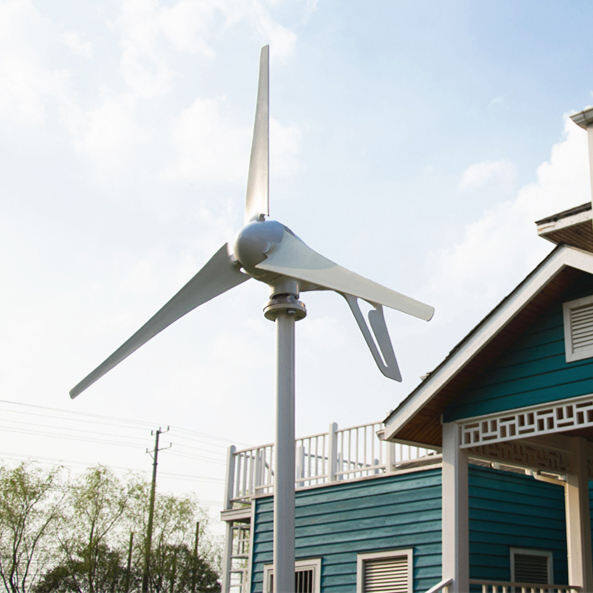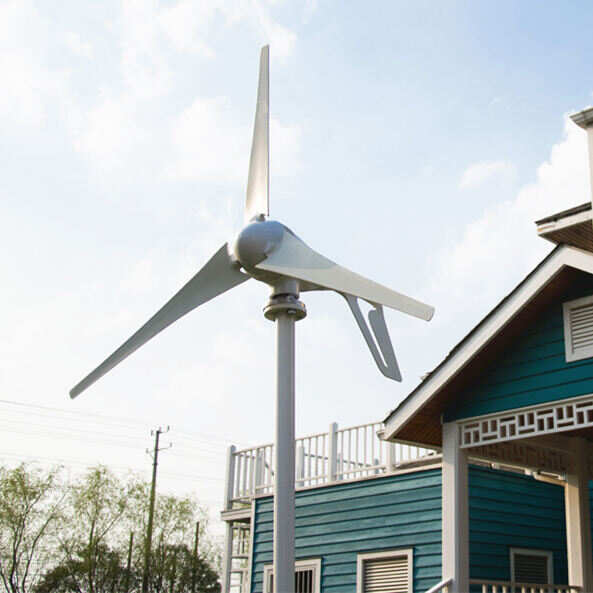Email format error
Email cannot be empty
Email already exists
6-20 characters(letters plus numbers only)
The password is inconsistent
Email format error
Email cannot be empty
Email does not exist
6-20 characters(letters plus numbers only)
The password is inconsistent


Designing a Powerful 12V Solar System
Introduction:
In the realm of sustainable energy solutions, the integration of a complete 12V solar system stands out as an efficient and eco-friendly choice. The meticulous process of system sizing and design plays a pivotal role in optimizing its performance. This article explores the intricacies of creating an effective solar setup that aligns with diverse energy needs and environmental considerations.
Calculating Energy Needs:
Before embarking on the journey of a complete 12V solar system, it's essential to gauge your energy requirements accurately. Whether you're powering a remote cabin, an RV, or a marine vessel, understanding your specific energy needs is the first step. By evaluating daily and seasonal variations, you can ensure that your system caters to the dynamic nature of energy consumption. This tailored approach sets the stage for an efficient and reliable solar solution.
Determination of Solar Panel Requirements:
Solar panels are the backbone of any photovoltaic system. To harness the full potential of a complete 12V solar system, it's crucial to determine the optimal number and size of solar panels. Assessing your energy consumption needs and exploring variations in panel sizes and types allows for a customized and efficient design. The keyword "complete 12V solar system" naturally surfaces as we delve into the specifics of solar panel selection.
Selecting an Appropriate Battery Capacity:
Batteries act as the energy reservoir for your solar system, making the selection of an appropriate capacity paramount. This step involves understanding the specific requirements of a 12V system, considering factors like depth of discharge and battery lifespan. The careful integration of batteries harmonizes with the overall design, ensuring a consistent and reliable power supply.

Sizing the Inverter for Optimal Performance:
The inverter, responsible for converting DC to AC power, plays a crucial role in a 12V solar system. Sizing the inverter involves matching its capacity to the total load requirements, considering surge capacity and efficiency. This meticulous approach enhances the system's ability to meet varying power demands, blending seamlessly with the overarching design philosophy.
Integration of the Charge Controller for Efficiency:
Akin to the conductor of an orchestra, the charge controller ensures harmony in energy flow. Integrating this component involves understanding its function and selecting the appropriate model. As we explore the nuances of charge controller compatibility with solar panels and batteries, the keyword naturally integrates into the discussion, embodying the holistic nature of a complete 12V solar system.
Optimizing Wiring and Ensuring Safety Measures:
The efficiency of a 12V solar system extends to the wiring configuration. Minimizing voltage drop, optimizing power transmission, and adhering to safety standards are integral steps. We draw insights from electrical engineering and safety protocols to underscore the importance of proper wiring and the implementation of safety measures to create a robust and secure solar setup.
Documentation and Record-Keeping:
In the world of solar energy, documentation is often overlooked but holds immense value. Keeping meticulous records of component specifications and configurations facilitates future maintenance and troubleshooting. This interdisciplinary perspective incorporates elements of project management, ensuring the longevity and performance of your complete 12V solar system.
Conclusion:
Mastering the art of system sizing and design for a complete 12V solar system is a dynamic process that combines elements of engineering, energy management, and environmental consciousness. By embracing a tailored approach and incorporating insights from various domains, you can craft a solar solution that not only meets your energy needs but also contributes to a sustainable and eco-friendly future. Embrace the power of the sun, and let your complete 12V solar system shine brightly.

